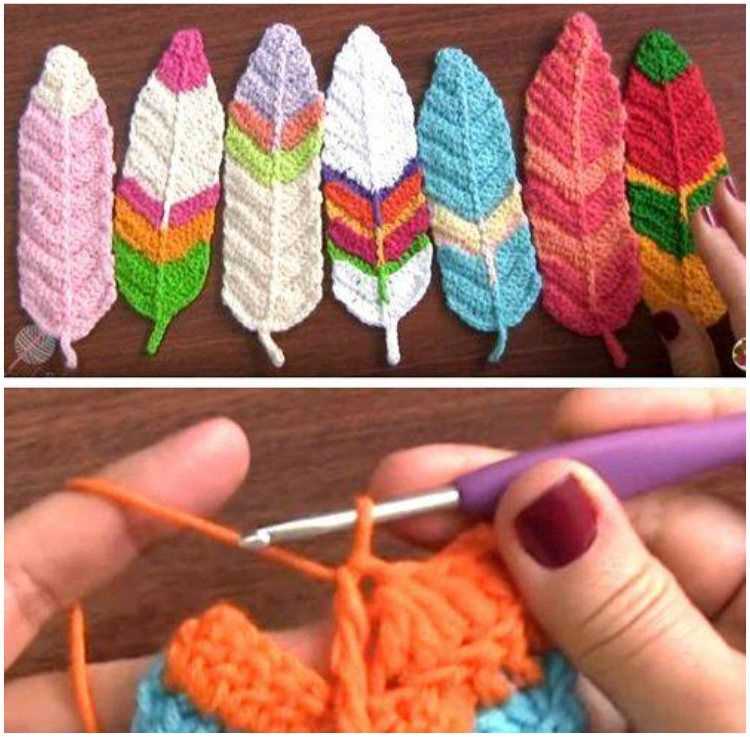
If you’re looking for a fun and unique knitting project, why not try a feather knitting pattern? Feathers have been a popular motif in fashion and design for centuries, and now you can incorporate them into your own knitting projects. Whether you want to create a cozy scarf, a decorative pillow, or even a trendy sweater, this free feather knitting pattern is the perfect place to start.
Knitting feathers may seem complicated at first, but with a little practice, you’ll be creating beautiful, textured designs in no time. This pattern is suitable for knitters of all skill levels, from beginners to experienced crafters. All you need is some yarn in the color of your choice, a pair of knitting needles, and a few basic knitting stitches.
With this free feather knitting pattern, you can let your creativity soar. You can experiment with different yarn weights and textures to create different effects, or add embellishments like beads or sequins to make your feathers really stand out. Whether you prefer a subtle and understated design or a bold and eye-catching statement piece, the possibilities are endless.
Free Feather Knitting Pattern
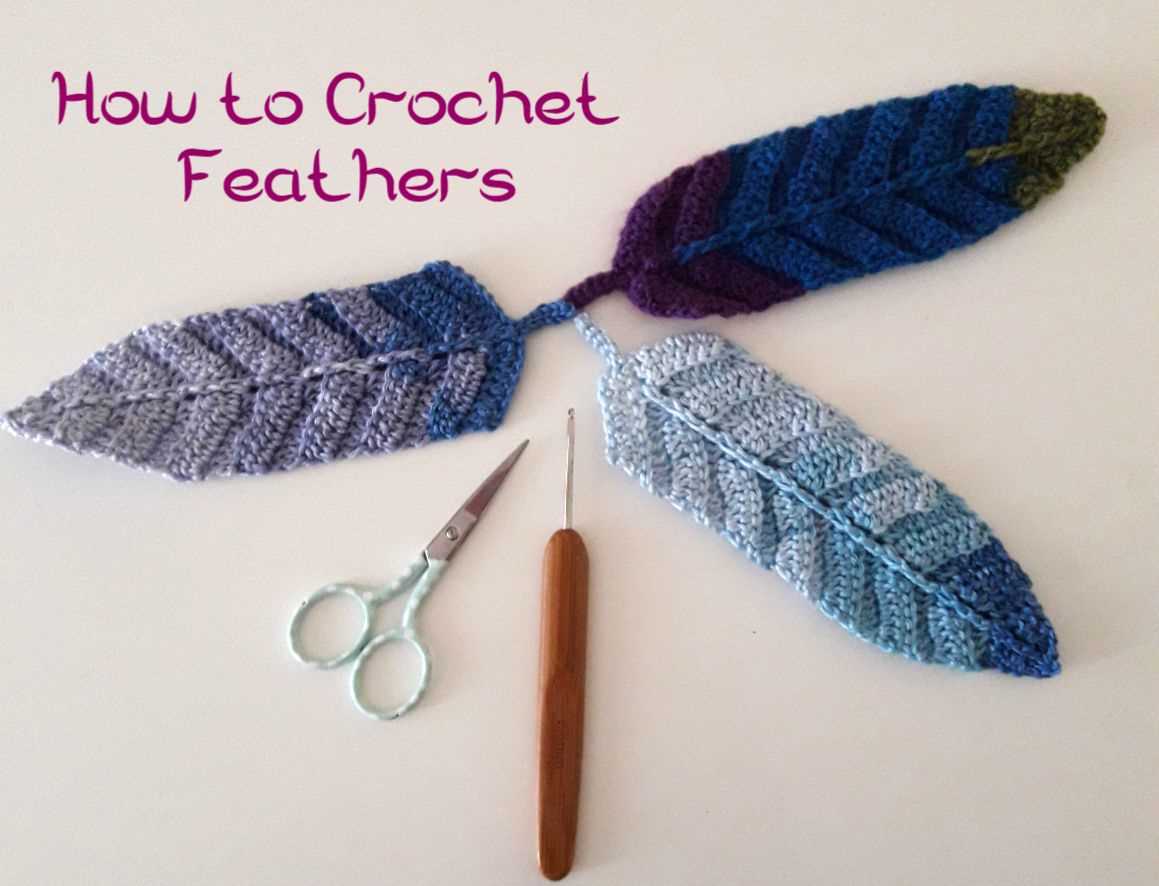
Looking for a unique and beautiful knitting project? Why not try making a free feather knitting pattern! Feathers are often associated with lightness, delicacy, and freedom, and incorporating them into your knitting can add a touch of whimsy and elegance to any project.
To create a feather knitting pattern, you’ll need to choose the right yarn and needles. Opt for a lightweight yarn that has a bit of sheen to it, such as a silk blend or a bamboo yarn. These types of yarns will give your feathers a delicate and ethereal look. As for needles, choose a size that will give you the desired tension and gauge for your project.
Step 1: Cast On
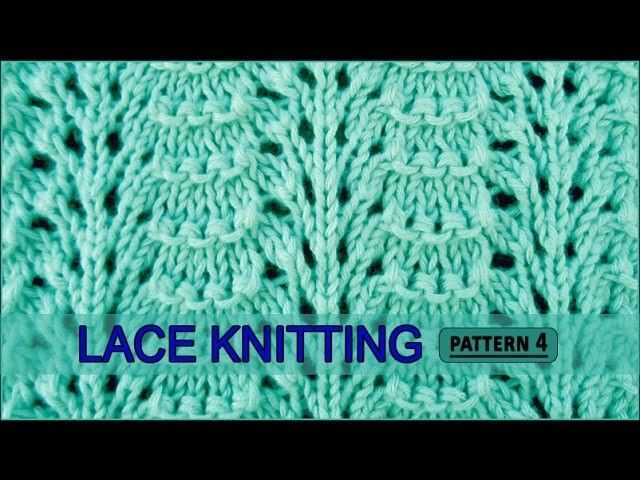
To begin, cast on the desired number of stitches for your project. If you’re making a scarf or shawl, you may want to start with a wider cast on to create a feathery effect. If you’re making a smaller item, such as a hat or gloves, a narrower cast on will work just fine.
Step 2: Create the Feather Stitch
The feather stitch is the key to creating the beautiful feather pattern. Start by knitting 2 stitches together, then without slipping them off the left needle, insert your right needle into the first stitch again and knit it. Finally, slip both stitches off the left needle. Repeat this process across the row.
Step 3: Repeat Rows
Repeat the feather stitch row until you’ve reached the desired length for your project. Remember to keep an eye on your tension and gauge to ensure that your feathers look consistent and even.
Once you’ve finished knitting your feather pattern, you can use it in a variety of ways. You could incorporate it into a larger knitting project, such as a blanket or sweater, or use it as a decorative panel on a bag or pillow. The possibilities are endless!
So, why not give the free feather knitting pattern a try? It’s a fun and creative way to add a touch of whimsy and elegance to your knitting projects. Happy knitting!
What is Feather Knitting?
Feather knitting is a technique that creates a delicate and intricate texture in knitted garments. It involves using thin yarn and large needles to create loose stitches and a light, airy fabric. The resulting fabric resembles the soft and fluffy texture of feathers, hence the name feather knitting.
To achieve the feather-like texture, feather knitting patterns often incorporate lace stitches, such as yarn overs and decreases, to create open and lacy areas within the fabric. These open areas give the fabric its airy and delicate appearance, similar to the way feathers have gaps between their strands.
The feather knitting technique can be used to create a wide range of projects, from shawls and scarves to sweaters and cardigans. The lightweight fabric created by feather knitting is perfect for garments that are meant to be worn in warmer weather or layered for a bit of extra warmth in colder temperatures.
Free feather knitting patterns are widely available online, allowing knitters of all skill levels to try their hand at this beautiful technique. These patterns often provide detailed instructions, including stitch diagrams or charts, to help knitters create the intricate feather-like textures. Whether you’re a beginner or an experienced knitter, feather knitting can be a fun and rewarding technique to explore.
Materials needed for Feather Knitting
To create beautiful feather knitting projects, you will need a few essential materials. The following list includes everything you will need to get started:
- Feather yarn: This is the key material for feather knitting. It is a unique type of yarn that creates a feathery texture when knitted. There are various brands and colors available, so choose the one that suits your project.
- Knitting needles: You will need a pair of knitting needles in the appropriate size for your chosen feather yarn. Make sure to check the recommended needle size mentioned on the yarn label.
- Scissors: A pair of sharp scissors will be handy for cutting the yarn and trimming any excess ends.
- Tape measure: Measuring your work is essential for achieving the desired size and fit. Keep a tape measure handy to check your progress.
- Yarn needle: A yarn needle with a large eye is necessary for weaving in the loose ends of your project and finishing it neatly.
- Stitch markers: If your pattern requires specific stitch placements, stitch markers can be helpful in keeping track of your work.
Make sure to gather all these materials before starting your feather knitting project. Having everything prepared will help you stay organized and make the knitting process smoother and more enjoyable.
How to Start Feather Knitting
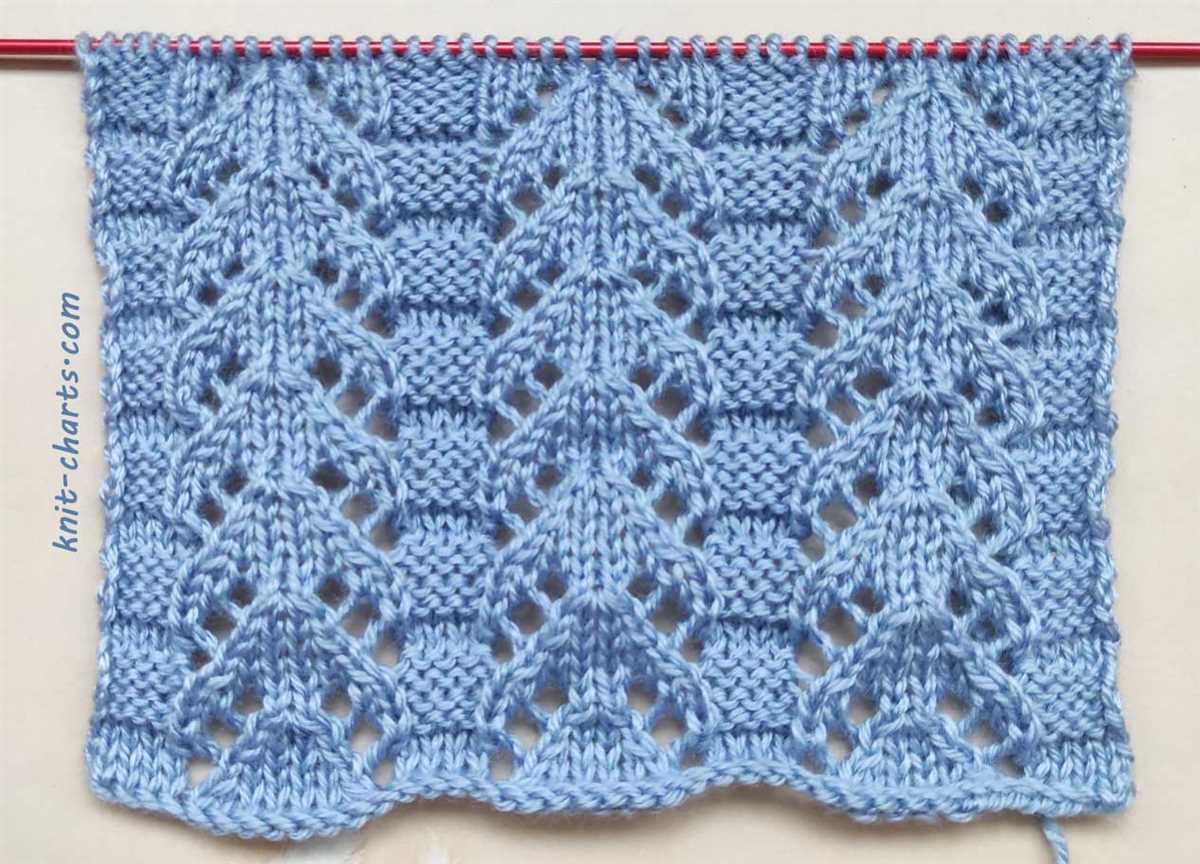
Feather knitting is a beautiful technique that creates a delicate and airy texture in your knitting projects. If you’re new to feather knitting and want to get started, here are some steps to guide you:
Gather your materials
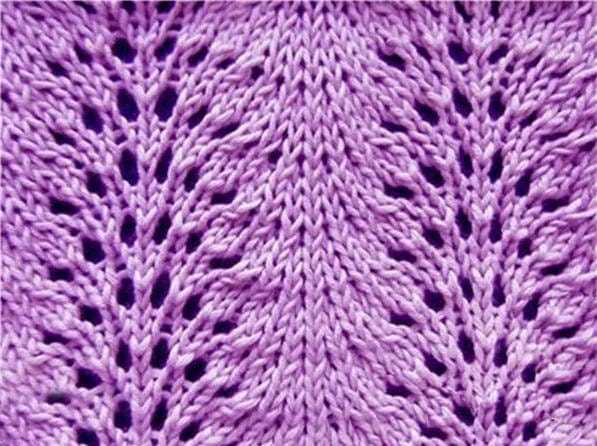
Before you start feather knitting, make sure you have all the necessary materials. You will need at least one pair of knitting needles and yarn of your choice. It’s important to choose a lightweight yarn that will help you achieve the desired airy effect in your knitting.
Choose the right feather knitting pattern
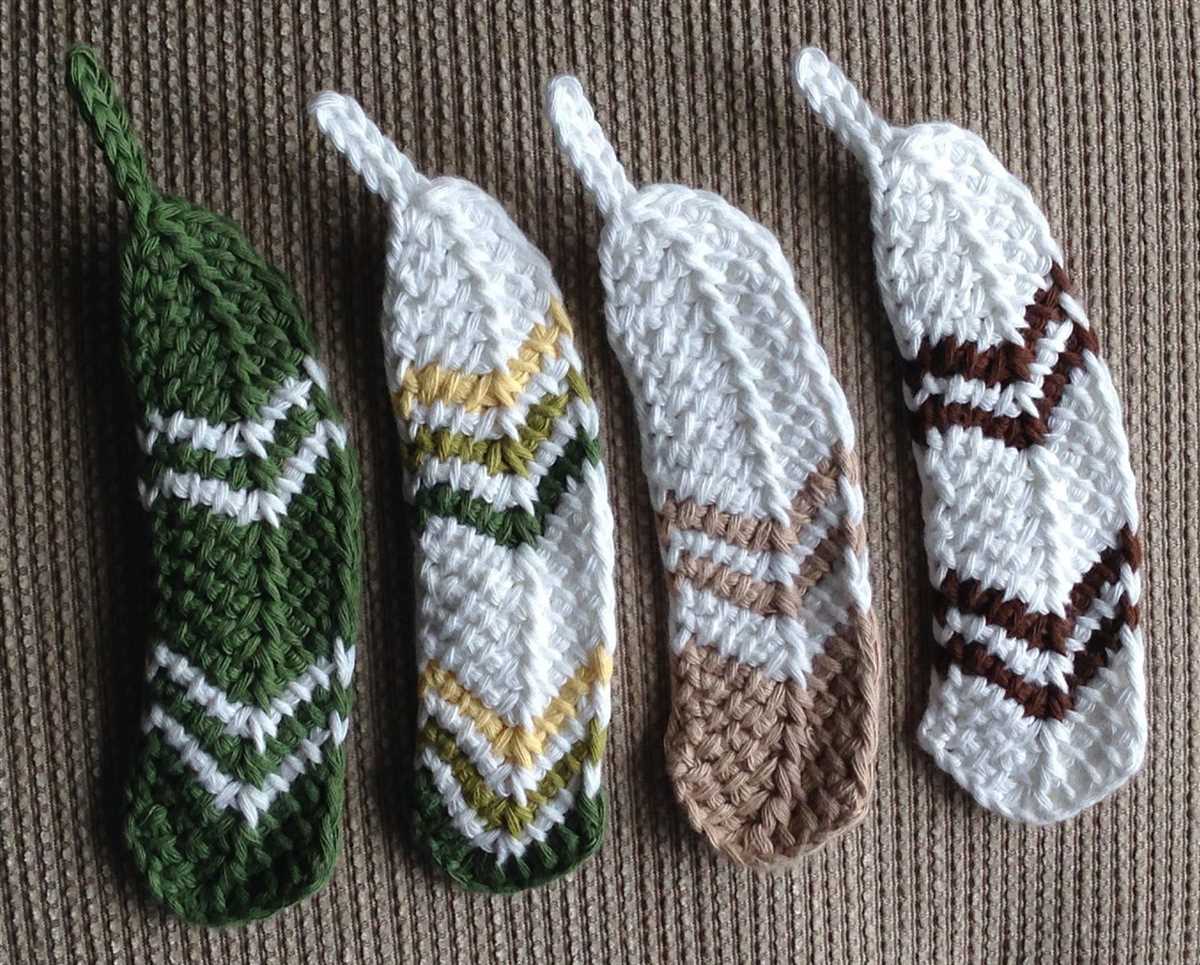
There are many free feather knitting patterns available online, so take some time to find one that suits your style and skill level. Look for patterns that provide clear instructions and include any special techniques or stitches required for the feather knitting design.
Practice the feather knitting stitch
Once you have your materials and pattern ready, it’s time to practice the feather knitting stitch. Start by casting on the required number of stitches as indicated in your pattern. The feather stitch involves creating loops and working with them to create the feather-like texture. Follow the pattern instructions and practice the stitch until you feel comfortable with the technique.
Read the pattern carefully
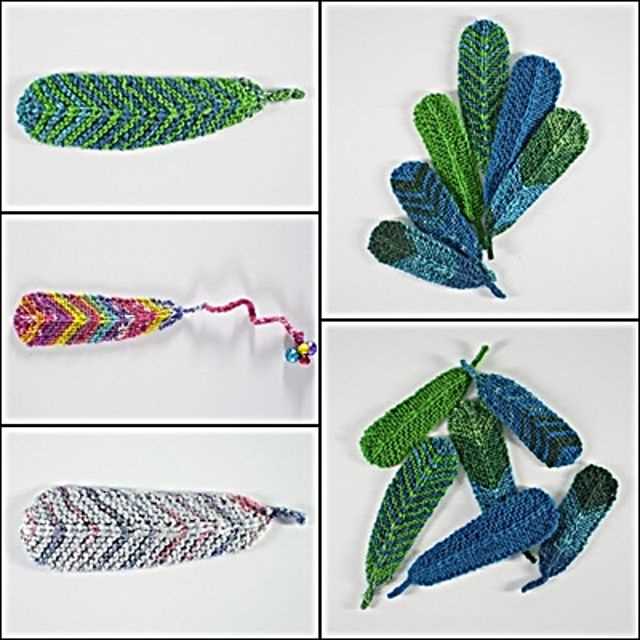
Before you start your feather knitting project, it’s important to read the pattern carefully. Pay attention to any special instructions or stitch combinations that may be required. Make sure you understand the pattern before you begin, as this will help you avoid mistakes and achieve the desired result in your project.
Start your feather knitting project
Once you have practiced the feather knitting stitch and understood the pattern, you are ready to start your project. Follow the pattern instructions step by step, being careful to maintain the correct tension and stitch count. Take your time and enjoy the process of feather knitting, creating a unique and beautiful texture in your project.
Remember, feather knitting may take some practice to perfect, but with time and patience, you will be able to create stunning knitted creations using this technique. Enjoy the process and let your creativity soar with feather knitting!
Basic Feather Stitch
The basic feather stitch is a versatile stitch that can be used in a variety of knitting patterns. It creates a feather-like texture that is perfect for adding dimension to your projects. This stitch is relatively easy to learn and can be adapted to different patterns and designs.
To knit the feather stitch, you will need to have basic knitting skills such as casting on, knitting, purling, and binding off. You will also need a pair of knitting needles and some yarn of your choice. It’s important to choose a yarn that is suitable for the stitch pattern you want to create.
To start the feather stitch, cast on the desired number of stitches onto your knitting needles. The number of stitches will depend on the width of your project. Next, knit one row in a knit stitch to create a foundation row. This will give you a base for the feather stitch pattern.
Once you have completed the foundation row, you can begin the feather stitch pattern. To do this, you will alternate between knitting and purling stitches in each row. The feather stitch pattern consists of a series of yarn overs and decreases, which create the feather-like texture.
Here is a step-by-step guide to knitting the basic feather stitch:
- Row 1: *Knit one, purl one; repeat from * to the end of the row.
- Row 2: *Purl one, knit one; repeat from * to the end of the row.
- Repeat rows 1 and 2 until you have reached the desired length of your project.
- Finish your project by binding off all stitches.
The basic feather stitch can be used in a variety of projects, such as scarves, shawls, and blankets. You can also experiment with different yarn colors and textures to create unique and beautiful designs. Once you have mastered the basic feather stitch, you can start incorporating it into your own knitting patterns and designs.
Increasing and Decreasing in Feather Knitting
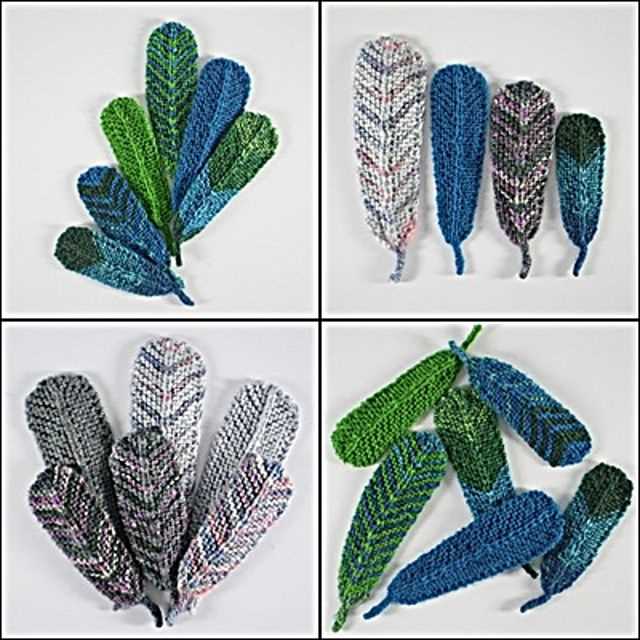
Feather knitting is a beautiful technique that creates a delicate and textured look to your knitting project. As you work on your feather knitting pattern, you will come across the need to increase or decrease stitches to shape the fabric. Understanding how to do these increases and decreases correctly is essential for achieving the desired result.
Increasing Stitches
To increase stitches in feather knitting, you can use a few different methods. One common technique is the yarn over (YO) increase. To do this, simply bring the yarn forward between the needles and then continue knitting the next stitch as usual. This creates an extra loop on the needle, which counts as an added stitch.
Another method for increasing stitches in feather knitting is the make-one (M1) increase. This increase is achieved by lifting the horizontal loop between stitches onto the left needle and then knitting it through the back loop. This also creates an added stitch.
It is important to follow the pattern instructions for when and how to increase stitches, as different patterns may require specific methods or placements for the increases. Pay attention to the stitch counts and keep track of your increases to ensure the final project comes out as desired.
Decreasing Stitches
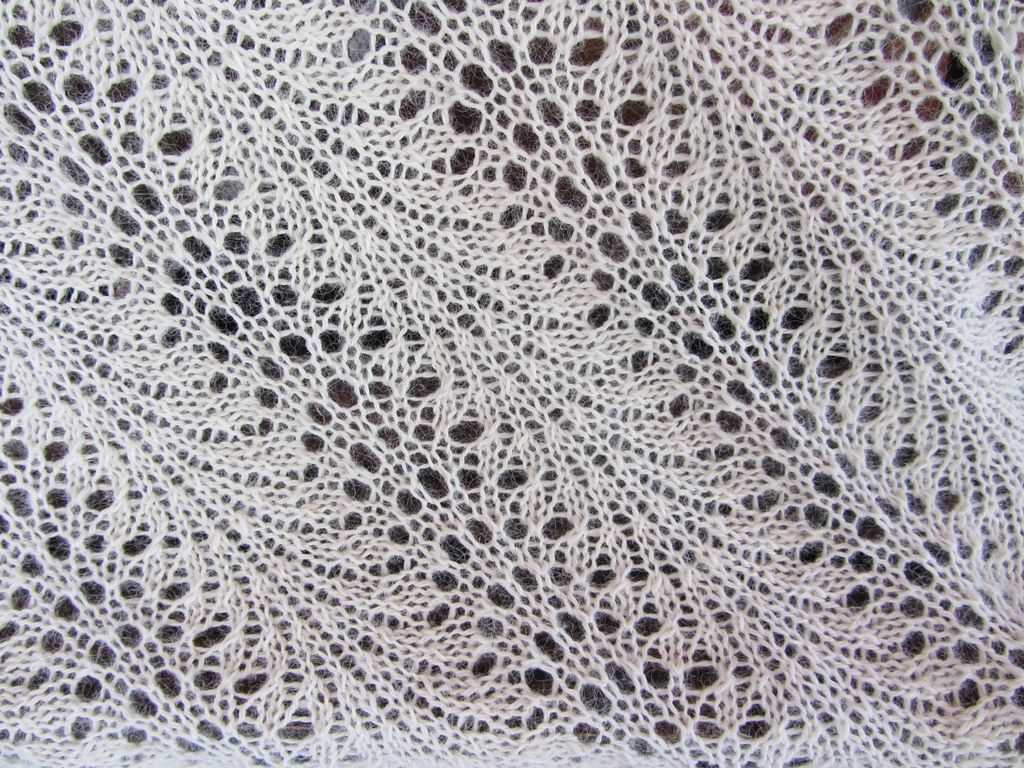
Similarly, there are different methods for decreasing stitches in feather knitting. The most common decrease method is the knit two together (K2tog) decrease. To do this, simply insert the right needle into the next two stitches as if to knit them together, and then knit them both together as one stitch. This decreases the stitch count by one.
Another commonly used decrease in feather knitting is the slip, slip, knit (SSK) decrease. To do this, slip the next two stitches knitwise onto the right needle, insert the left needle into both stitches from the front, and then knit them together as one stitch through the back loop. This also decreases the stitch count by one.
When decreasing stitches, it is important to follow the pattern instructions for the desired decrease method and placement. Different patterns may require specific decreases to achieve the desired shaping. Keep track of your stitch counts and pay attention to the pattern instructions to ensure accurate and symmetrical decreases.
Tips for Successful Feather Knitting
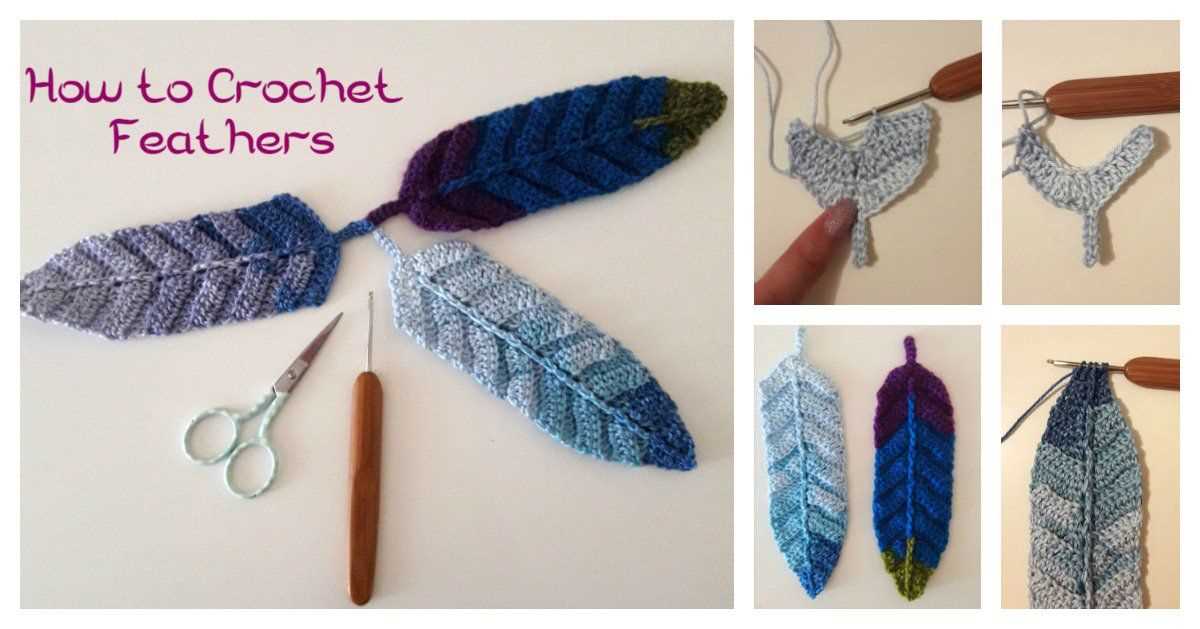
Feather knitting is a beautiful technique that creates a delicate and airy fabric. However, it can be a bit challenging for beginners. With these tips, you can improve your feather knitting skills and create stunning projects.
1. Choose the right yarn: Selecting the right yarn is crucial for successful feather knitting. Opt for a lightweight, fine yarn that has a good drape. Yarns made from natural fibers such as silk or bamboo work well for feather knitting.
2. Use a larger needle:
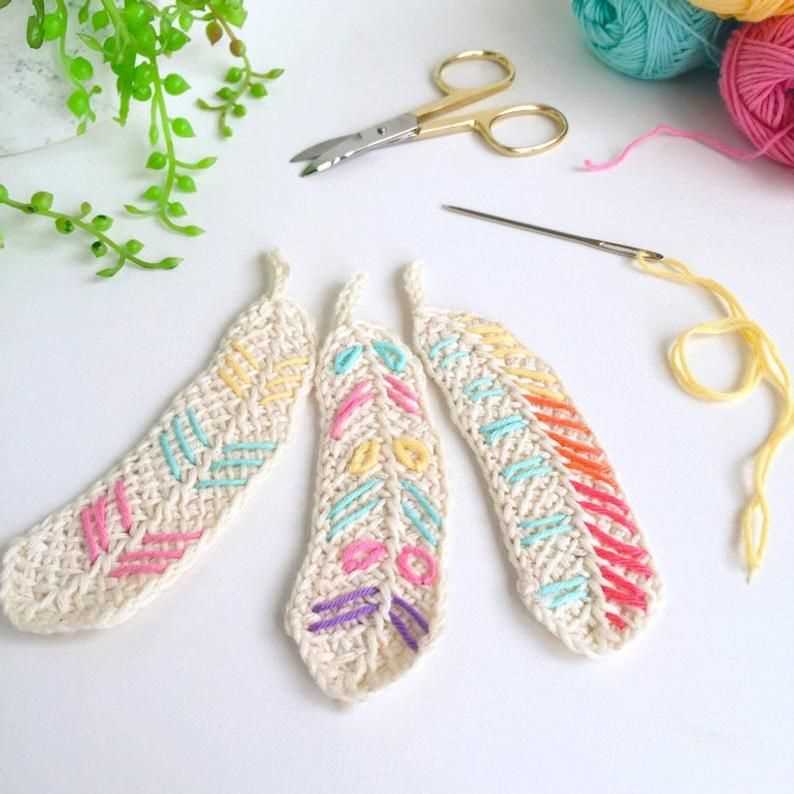
Using a larger needle size than what is recommended for the yarn can help create a looser, more open fabric, which is ideal for feather knitting. Experiment with different needle sizes to find the one that gives you the desired result.
3. Practice your tension:
Tension is crucial in feather knitting to achieve an even and consistent fabric. Take your time to practice maintaining an even tension throughout your knitting. This will help prevent any tight or loose stitches that can affect the overall look of your project.
4. Count your stitches:
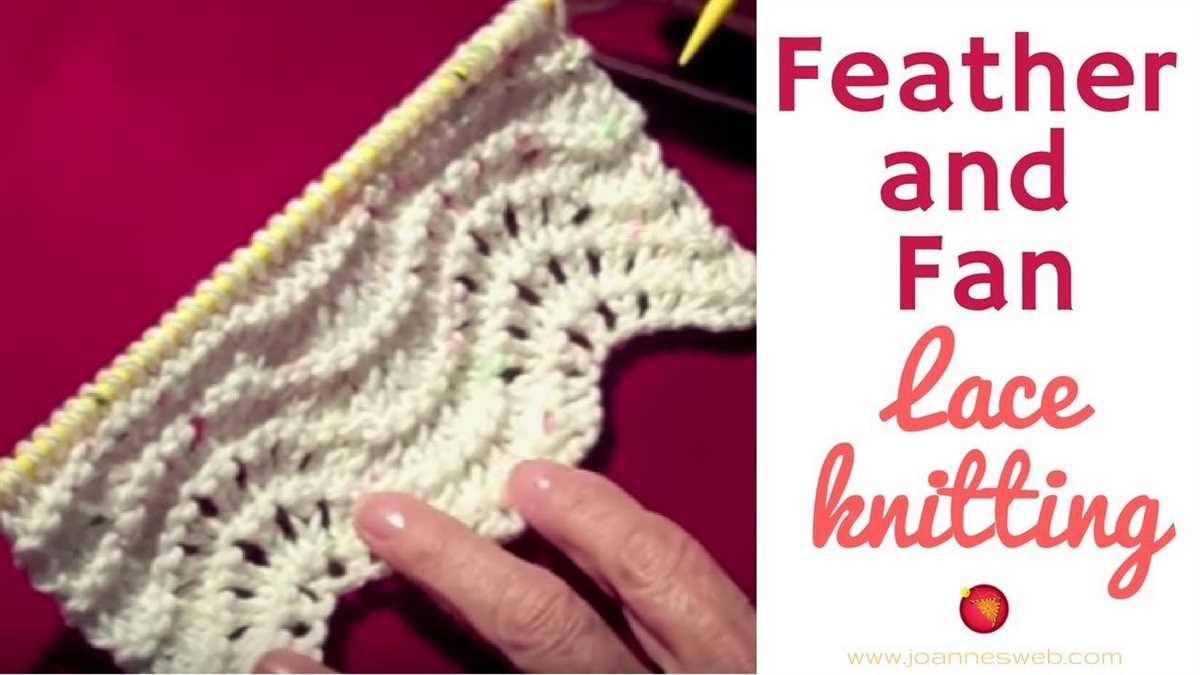
Feather knitting often involves intricate lace patterns, so it’s essential to count your stitches regularly to avoid any mistakes. Use stitch markers or highlighter tape to mark the beginning and end of pattern repeats.
5. Block your finished project:
Blocking your finished feather knitting project is essential to bring out the delicate stitch details and give it a polished look. Follow the blocking instructions for your specific yarn to ensure the best results.
6. Take breaks:
Feather knitting can be intricate and time-consuming. Take breaks when needed to avoid eye strain or hand fatigue. Knitting should be an enjoyable experience, so make sure to take care of yourself while working on your project.
By following these tips, you can successfully master feather knitting and create stunning projects that showcase the beauty of this technique.
Feather Knitting Projects Ideas
Feather knitting is a popular technique that creates unique and textured designs. Whether you’re a beginner or an experienced knitter, there are plenty of feather knitting projects that you can try out. From scarves and shawls to hats and blankets, the possibilities are endless.
If you’re new to feather knitting, a great project to start with is a feathered scarf. This simple yet elegant accessory can be knit in a variety of colors and patterns. You can experiment with different yarn weights and stitch combinations to create your own unique design. The feathered texture adds an extra level of interest to the scarf, making it a stylish addition to any outfit.
Feather Knit Hat
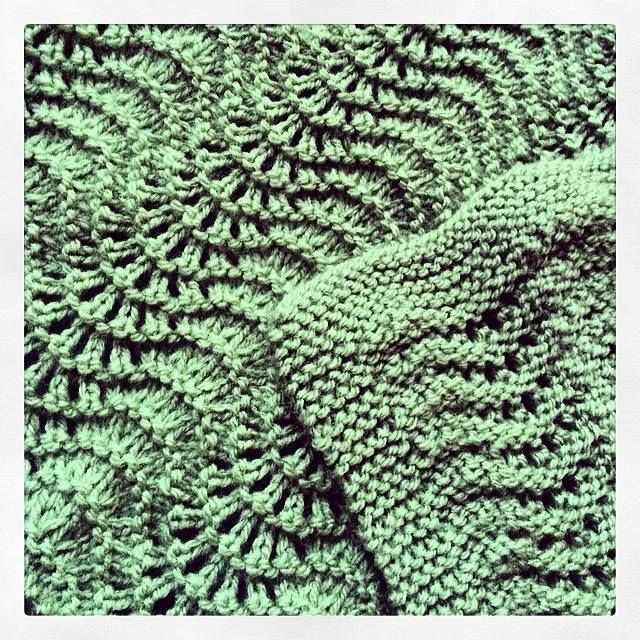
Another fun project to try is a feather knit hat. This cozy accessory is perfect for keeping warm during the colder months. You can choose a classic beanie style or go for a slouchy design. The feathered texture adds a touch of sophistication to the hat, making it a stylish and unique accessory.
Feather Knit Blanket
A feather knit blanket is a great project for those looking to create a cozy and comforting piece. Whether you’re knitting for yourself or as a gift, a feather knit blanket is sure to be cherished. You can choose a simple feathered pattern or experiment with different stitch combinations to create an intricate design. The soft and textured fabric created by feather knitting will make the blanket extra warm and snuggly.
Feather knitting offers endless possibilities for creativity and expression. Whether you’re a beginner or an experienced knitter, there is a feather knitting project that is perfect for you. From scarves and hats to blankets and more, there are so many ways to incorporate this unique technique into your knitting projects.
How to Customize Feather Knitting Patterns
If you love feather knitting patterns, you may find yourself wanting to customize them to make them unique and fit your personal style. Here are some tips to help you customize feather knitting patterns to create your own one-of-a-kind designs.
1. Choose your yarn
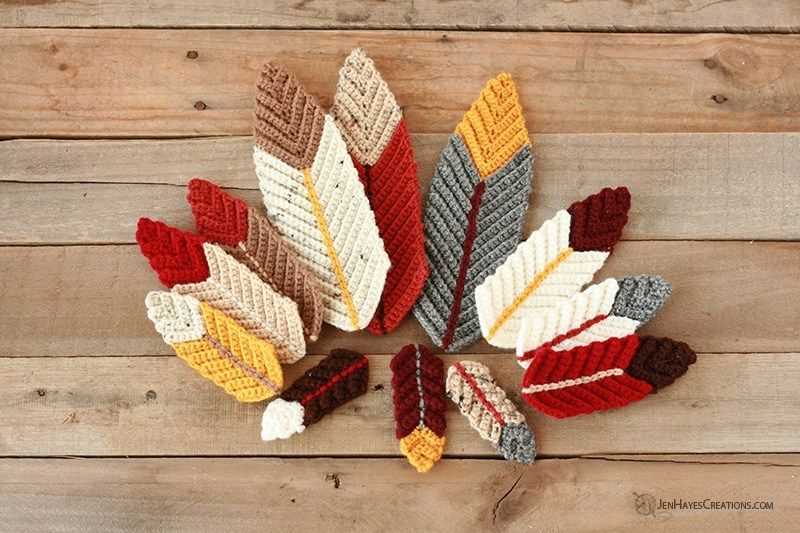
One way to customize a feather knitting pattern is by choosing your own yarn. Different types of yarn have different properties, such as texture, weight, and drape. By selecting a yarn that you love, you can instantly give the pattern a personalized touch. Consider using a soft and cozy yarn for a winter accessory, or opt for a lightweight and airy yarn for a summer accessory.
2. Experiment with colors
The color palette of a feather knitting pattern can greatly affect the overall look and feel of the finished piece. To customize the pattern, experiment with different colors and color combinations. You can choose colors that match your personal style or go for bold and vibrant colors to make a statement. Additionally, you can also try incorporating color gradients or ombre effects to add visual interest to your knitted feather design.
3. Add embellishments
If you want to take your customization to the next level, consider adding embellishments to your feather knitting pattern. You can incorporate beads, sequins, or even feathers themselves to create a truly unique and eye-catching design. These embellishments can be added along the edges of the feathers or as accents throughout the pattern. Just be sure to choose embellishments that are lightweight and won’t weigh down your finished piece.
4. Adjust the pattern size
If you want to customize the fit of a feather knitting pattern, you can adjust the size of the pattern. This can be done by altering the stitch count or using a different needle size to achieve the desired gauge. By making these adjustments, you can create a feather accessory that fits you perfectly.
With these tips, you can easily customize feather knitting patterns to make them your own. Whether it’s through choosing the right yarn, experimenting with colors, adding embellishments, or adjusting the pattern size, the possibilities for customization are endless.
Feather Knitting for Beginners
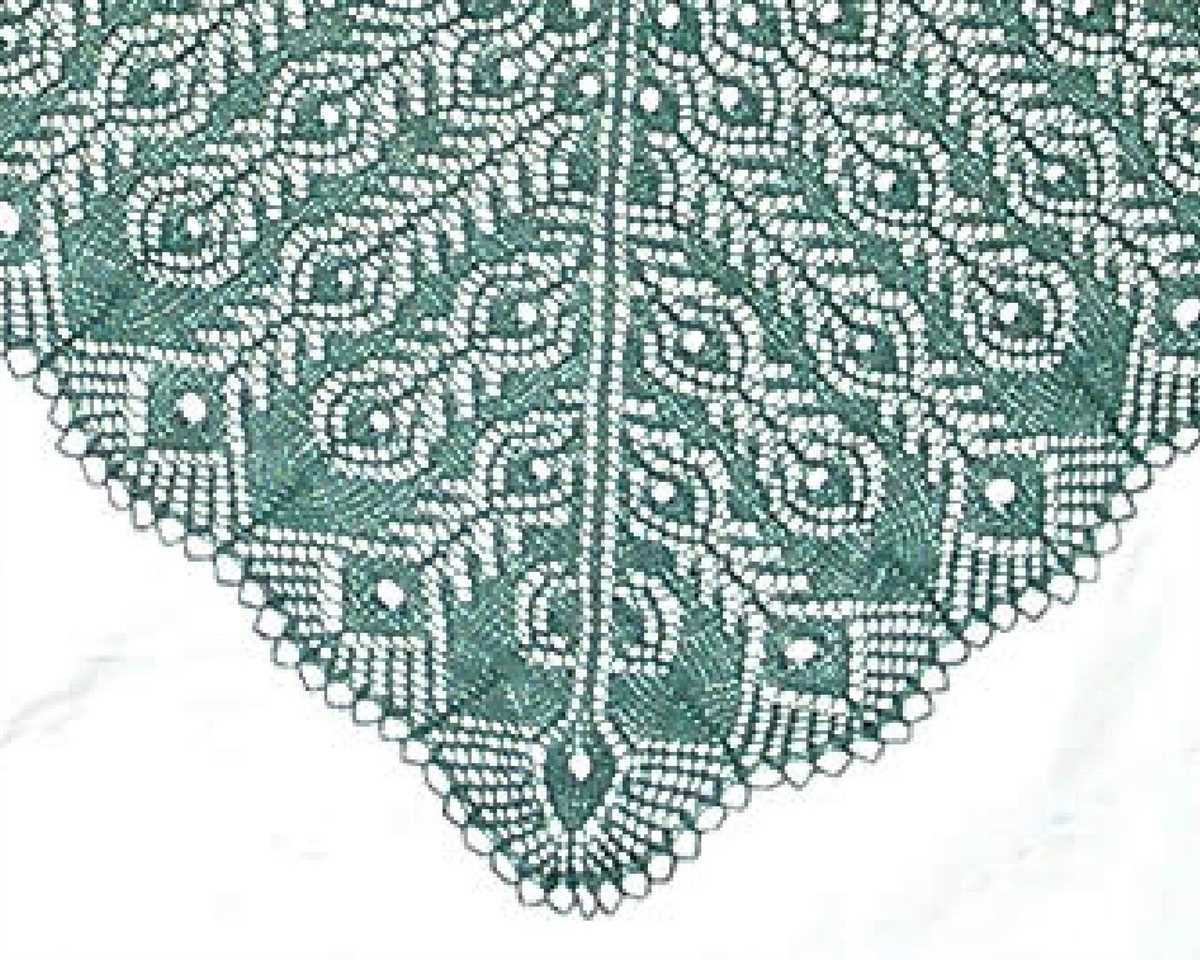
Feather knitting is a fun and versatile knitting technique that can be easily learned by beginners. This technique creates a light and airy texture that resembles feathers, making it perfect for creating delicate and beautiful projects. Whether you want to make scarves, shawls, or even baby blankets, feather knitting is a great skill to have in your repertoire.
To get started with feather knitting, you’ll need some basic knitting supplies, including knitting needles, yarn, and a pattern. There are many free feather knitting patterns available online, so you won’t have to spend any extra money to get started. Once you have your supplies ready, it’s time to practice the feather stitch.
Step 1: Casting On
Begin by casting on the desired number of stitches onto your knitting needles. The number of stitches will depend on the width of your project and the pattern you’re using. Make sure to leave a long tail of yarn when casting on, as you’ll need it later on.
Step 2: Feather Knitting Stitch
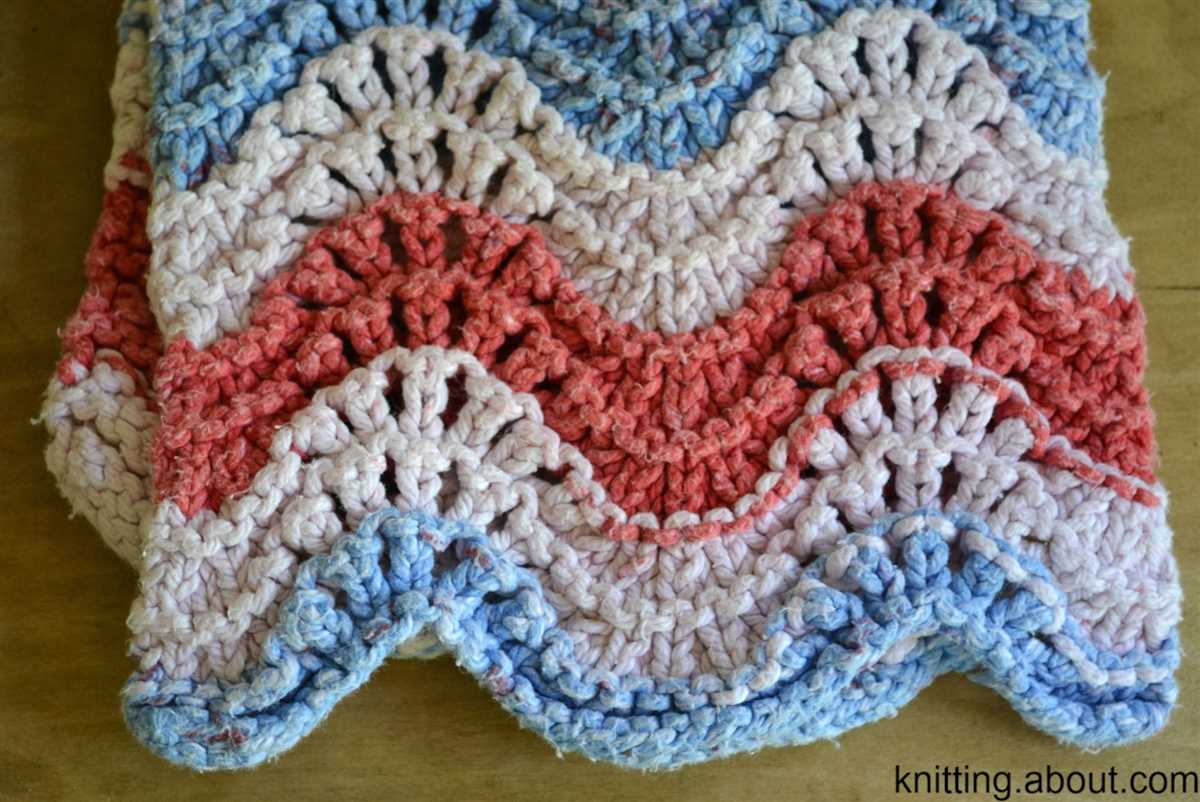
The feather knitting stitch is created by alternating between knit stitches and yarn overs. Start by knitting the first stitch on your needle, then bring the yarn to the front of your work and create a yarn over by wrapping the yarn around the needle from back to front. Repeat this process until you reach the end of the row.
For the next row, you’ll need to purl the knit stitches and drop the yarn overs. Purl the first stitch, then drop the yarn over off the needle. Repeat this process until you reach the end of the row. Repeat these two rows until you’ve reached the desired length for your project.
Feather knitting may seem a bit tricky at first, but with practice, you’ll be able to master the technique and create beautiful feather-like patterns in your knitting. Don’t be afraid to experiment with different yarn weights and colors to create unique and stunning projects. Happy knitting!
Advanced Feather Knitting Techniques
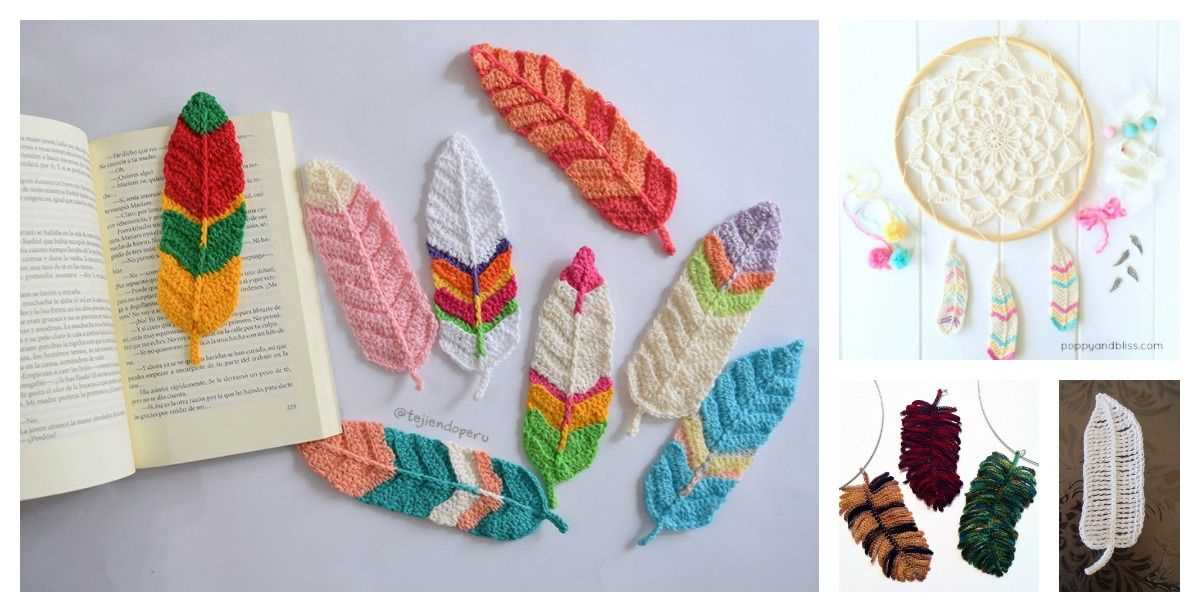
Once you’ve mastered the basics of feather knitting, you may want to challenge yourself with some advanced techniques. These techniques will allow you to create more intricate feather patterns and add unique touches to your projects. Here are a few advanced feather knitting techniques to try:
1. Intarsia Feathers
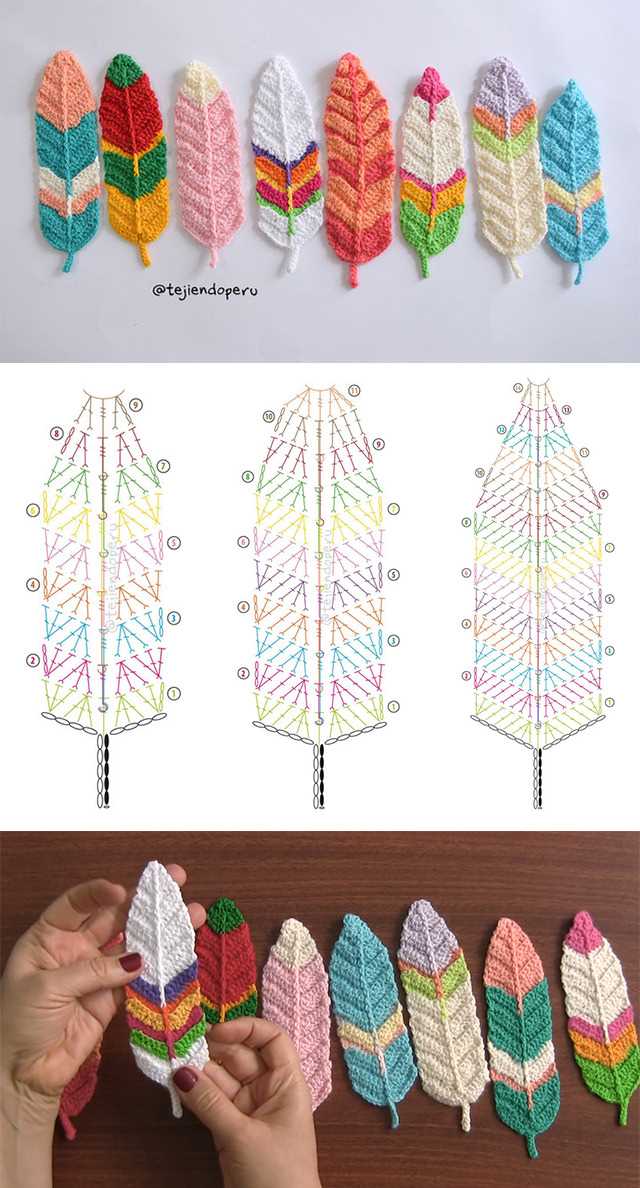
To create intarsia feathers, you’ll need to work with multiple colors of yarn. This technique involves using different colored strands of yarn to create distinct feather shapes within your knitting. By carefully working with the different colors and following a pattern, you can create stunning designs that incorporate feathers into your knitting.
2. Cable Feathers
Cable knitting is a technique that creates raised patterns and textures by crossing stitches over each other. With cable feathers, you can use this technique to create a more three-dimensional feather effect. By crossing stitches in specific ways and working with a cable needle, you can create intricate feather designs that stand out on your knitting.
3. Fair Isle Feathers
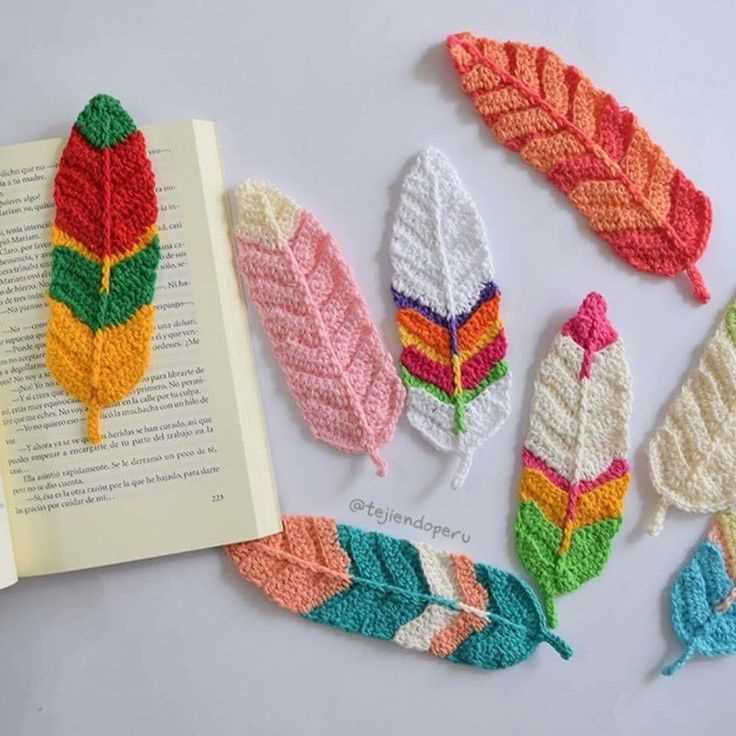
Fair Isle knitting is a traditional technique that involves working with multiple colors in a single row or round of knitting. With Fair Isle feathers, you can incorporate different colored strands of yarn to create feather patterns that have a more intricate and detailed appearance. By following a Fair Isle feather pattern, you can add depth and complexity to your feather knitting project.
With these advanced feather knitting techniques, you can take your feather knitting to the next level. Whether you’re creating intarsia feathers, cable feathers, or Fair Isle feathers, these techniques will allow you to add unique touches and create intricate patterns in your knitting. So go ahead and explore these advanced techniques to create stunning feather designs!
Q&A:
What is a free feather knitting pattern?
A free feather knitting pattern is a set of instructions, usually available for free online, that guides you in creating a feather-like design using knitting needles and yarn. It typically includes specific stitch instructions and a list of materials needed.
Where can I find free feather knitting patterns?
You can find free feather knitting patterns on various websites and online knitting communities. Some popular sources include knitting blogs, knitting pattern databases, and social media platforms like Pinterest and Ravelry. Simply search for “free feather knitting pattern” and you should find plenty of options to choose from.
Is the free feather knitting pattern suitable for beginners?
It depends on the specific pattern you choose. Some free feather knitting patterns may be more advanced and require experience with intermediate or advanced knitting techniques. However, there are also simpler patterns that might be suitable for beginners. Make sure to read the pattern description and any accompanying notes to determine the difficulty level and whether it’s appropriate for your skill level.
What materials do I need for a free feather knitting pattern?
The materials needed for a free feather knitting pattern typically include knitting needles, yarn in the specified weight and color, and any additional embellishments or tools mentioned in the pattern. The specific needle size and yarn weight will vary depending on the pattern you choose. Check the pattern details for the recommended materials list to ensure you have everything you need.
Can I sell items made from a free feather knitting pattern?
It depends on the copyright and usage terms specified by the pattern designer. Some free patterns may allow you to sell items made from their pattern, while others may have restrictions on selling the finished products. It’s best to check the pattern’s terms of use or contact the designer directly to clarify the permissions regarding selling items made from the pattern.
What is a free feather knitting pattern?
A free feather knitting pattern is a pattern that provides instructions for creating a knitted item that resembles feathers. The pattern typically includes a list of materials needed, step-by-step instructions, and sometimes even chart or diagram illustrations.
Where can I find free feather knitting patterns?
There are many websites and online platforms where you can find free feather knitting patterns. Some popular options include knitting blogs, knitting pattern websites, and online knitting communities. You can also try searching for specific keywords or phrases, such as “free feather knitting pattern,” in search engines to find more options.